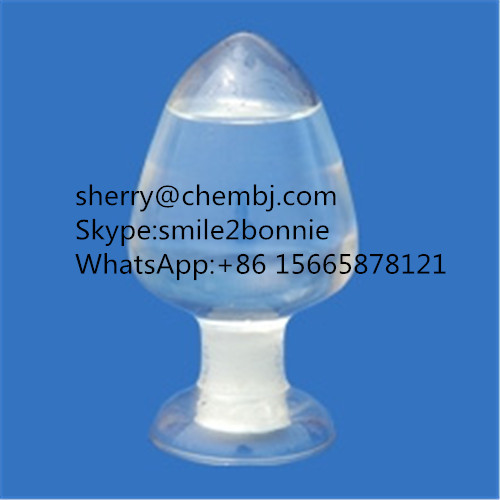| Message: | CAS 110-63-4 1,4-Butanediol/sherry@chembj.com
Product Name: 1,4-Butanediol
Alias: 1,4-Dihydroxybutane;1,4-Butylene glycol;Tetramethylene Glycol
CAS: 110-63-4
EINECS: 203-786-5
MF: C4H10O2
Purity: 99%
Melting Point: 20°C
Boiling Point: 230°C
Flash Point: 135°C
Solubility: Miscible
Density: 1.017g/mL
Appearance: Colorless Viscous Liquid
1,4-Butanediol (1,4-B, butylene glycol, or BD) is a thick, colourless liquid which is nearly odorless with a distinct bitter taste. 1,4-Butanediol is used industrially as a solvent and in the manufacture of some types of plastics, elastic fibers and polyurethanes. In organic chemistry, 1,4-butanediol is used for the synthesis of γ-butyrolactone (GBL).
In humans, it acts as a depressant and a prodrug for GHB where 1ml is equivalent to 1g of GHB. It is used as a recreational intoxicant with effects similar to alcohol.
1,4-Butanediol, as well as GBL, will dissolve most types of plastic over time.[4] For this reason, it is recommended to only transport and store the drug using a glass container, standard gelatin capsules (not vegetarian), or high-density polyethylene plastic (also known as #2 recycled plastic). To check the type of plastic used on a bottle, one can look at the bottom for a number in the triangle shaped recycling label.
Physical effects
Stimulation and Sedation - At lower doses, 1,4-butanediol is physically stimulating, encouraging movement and wakefulness. At higher doses, however, it becomes physically sedating, encouraging sleep and lethargy.
Euphoria
Nausea
Motor control loss
Dizziness
Dehydration
Respiratory depression - Many reportedly experience an abnormal pattern of breathing characterized by progressively deeper and sometimes faster breathing followed by a gradual decrease that results in a temporary stop in breathing called an apnea.
|
 my account
my account
 log out
log out
 my account
my account
 log out
log out
